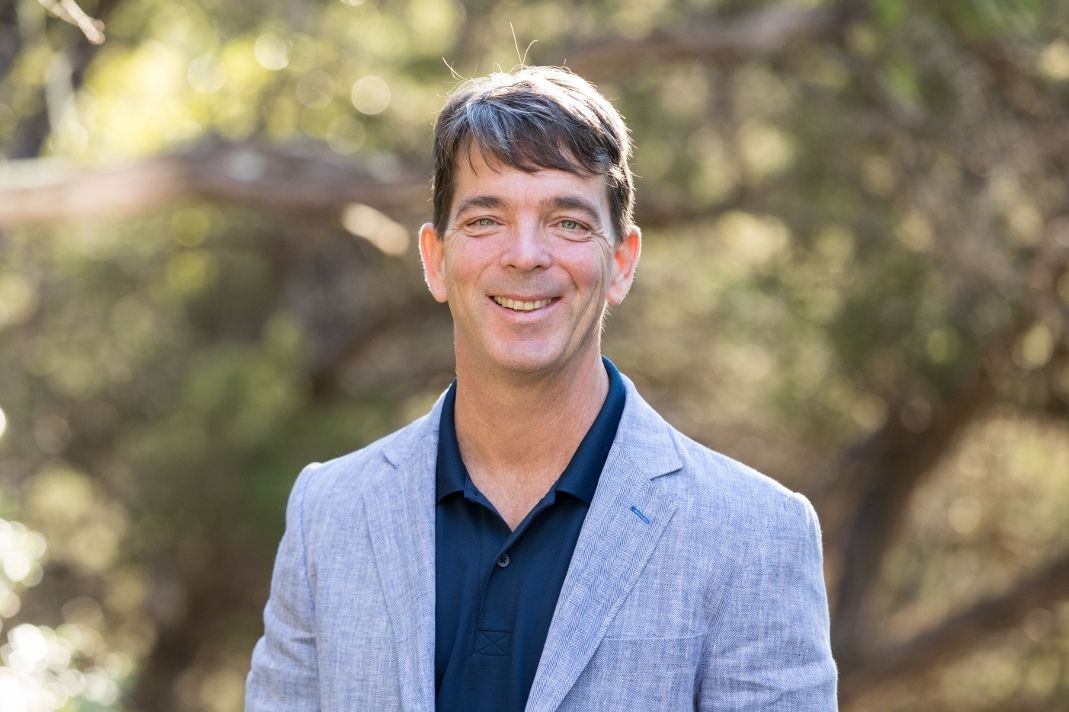The reality of Austin's cost of living
On Labor Day, it seems appropriate to talk about the real cost of living in Austin.
Rising Central Austin home prices (the median home price was $460,000 in June) continue to make it difficult for area workers to buy homes, and our City Council is struggling to find a fix to our housing affordability challenges.
Let’s talk about what that really means.
The average rent in the Austin metro area is around $1,195 a month for a two-bedroom apartment and $799 for a one-bedroom apartment.
With rental rates that high, you'd have to make about $23 an hour according to a June 2017 report by the National Low Income Housing Coalition. That equates to around $47,840 per year in income, essentially three times the state’s minimum wage of $7.25.
Those are some staggering numbers, especially considering that the U.S. Bureau of Labor Statistics show 65% of Austin’s labor force makes less than $50,000 a year.
But to provide even broader perspective, think about this 2014 data from the Bureau about annual wages of these essential Austin workers:
- Bartenders $22,000
- Bookkeepers $39,970
- Bus drivers $26,080
- Cashiers $21,440
- Restaurant cooks $22,800
- Firefighters $49,540
- Hairdressers $33,600
- Massage therapists $39,200
- Utility meter readers $32,240
- Pest control workers $36,210
- Plumbers $48,790
- Waitstaff $20,480
With housing costs so high and wages so low, is home ownership even a possibility for Austin’s workers?
Maybe, with some careful planning. Regrettably, home ownership won’t be an option for a large portion of Austin’s workers, which is why we continue to need affordable housing solutions in Central Austin. But for some, home ownership is a possibility.
Consider as an example, a make-believe person named Smith who has been renting a 2-bedroom apartment for $1,195 a month.
If Smith earns $48k a year, has minimal to no debt and has been working steadily at the same job for 2+ years, Smith will likely qualify for a home mortgage of $154,000.
But here’s where the planning comes in. Smith will need to save at least 5% for a down payment (the equivalent of $7,700) + estimated closing costs (around $7039.30). Put those together and Smith needs to have at least $14,739.30 saved up to buy that $154,000 home.
Searching for affordable homes
Now that Smith has saved enough money for a down-payment, it’s time to start looking for homes. Smith’s Realtor runs a search and finds 15 properties available under $154k as of September 1st.
That list of 15 possible properties gets narrowed down even further after factoring in Homeowner Associations (HOA) costs and other issues. Now Smith has 8 properties to choose from – all condominiums. Two of the 8 need substantial work, and after saving all that money for the down payment, Smith doesn’t have the cash to invest in the fix-up process.
That leaves 6 potential homes under $154,000.
What you can buy for $154,000
All 6 of the properties are pretty similar, ranging between 950 square feet and priced between $127k to 145k.
There are two units that are close to Central Austin. One on Penny Lane just north of Steck off Burnet Road and another on Jamestown on the East side of 183 between Lamar and Ohlen Road near the Target store. The other 4 choices are in Anderson Mill on Mellow Meadows close to 183 and 620.
Becoming a homeowner
Smith choses the least expensive unit on the market. Because the property has been on the market for 98 days, Smith’s Realtor was able to negotiate the price down so that Smith only pays 95% of the list price of $127,775.
With the 5% down payment, Smith’s new mortgage is $896.61 + $246 in HOA fees = a monthly payment of $1,142.61.
Smith lives a little further out, but is saving $52 a month on housing costs. Plus, Smith owns a home that will hopefully appreciate and become a tool for Smith to build future wealth.
Smith’s path isn’t easy, and it isn’t perfect. But it’s a start.
Where does Austin go from here?
We know other cities have faced this issue, and there aren’t a lot of good solutions that will please everyone. Ultimately, we either need to pay folks more or provide affordable housing choices.
We welcome your comments.





.jpg?w=128&h=128)